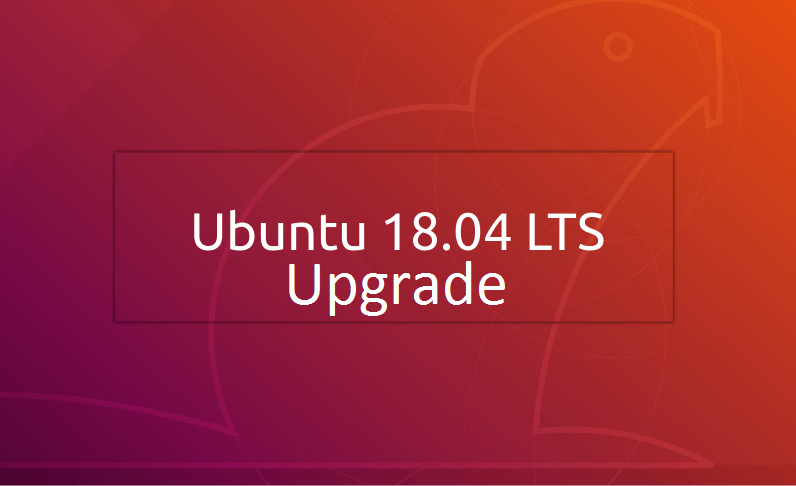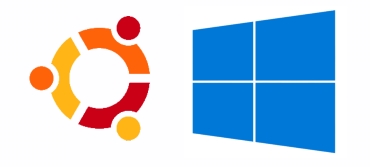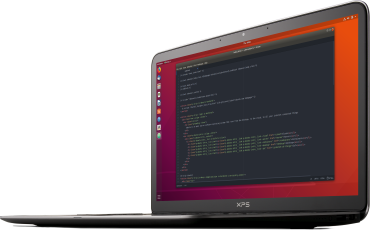Ubuntu Features
Ubuntu is a fast and safe operating system that comes with an array of features to make handling of tasks a breeze. Here are the various manners in which you can enjoy this OS.
The 18.04.1 LTS is finally here, and it comes bearing a hoard of benefits for its users. This model is valid for five years and will be in use up to April 2023 when another release will come onto the market. Users of previous models are free to improve their OS’s to this, or they can opt to use the OS models which they have been using, based on their wishes.

Users can access downloadable images from locations accessible to them, to allow them to improve from their current models. Here are a few ways in which users can go about this:
As at the release of the 18.04.1 LTS, the OpenJDK 10 was the main JDK. In September, users should expect a change from JDK10 to JDK11. As for JDK8, this will be available in the universe for use in scripts, packages, and apps that cannot get created with JDK10 or 11. It will remain active until April 2021 when 16.04 will reach EOL.

There are tons of new features in the new model, some of which stem from upstream. They include an increase in the management of power for systems which feature SATA link power management. In addition to this, there is underpinning for AMD secure memory encryption as well as an MD driver which comprises of improvements on software RAID.
On top of these advancements, there is a CPU controller that works for the cgroup v2 interface, underpinning for signing of NV kernels and POWER host, underpinning for security module stacking and increased underpinning for Intel and IBM hardware.
Read more about the Linux Kernel 4.15
In the Ubuntu 18.04.1 LTS, the gcc is such that it can compile applications as PIE, alongside direct binding. This improvement will ensure that the ASLR gets used at an optimum, as opposed to earlier models. Most packages will take advantage of this. Other added features include an improved desktop interface, ease of installation of PPA apps, quick capture of screenshots and screencasts and more speed.
This model will run Ubuntu Core, Desktop and Server, with underpinning for five years. On Studio 18.04, the underpinning will last for nine months while other flavors will enjoy underpinning for three years. Improving to the 18.04.1 LTS will hugely benefit users regarding security, access to more apps and an increase in the number of ways one can use their desktop.

Ubuntu is a fast and safe operating system that comes with an array of features to make handling of tasks a breeze. Here are the various manners in which you can enjoy this OS.

Here are some of the top 5 innovative things that make use of Linux.

You see, for long people thought that IOS and Android had taken over the market and that the alternatives could not keep up. However, Ubuntu has gone a long way to prove these beliefs are wrong

Here are some of the most sought-after apps for Ubuntu desktops. Enjoy!

In the online community, Ubuntu takes the day when compared to macOS, and this is not solely from the developers’ points of view.

The 18.04.1 LTS is finally here, and it comes bearing a hoard of benefits for its users.

When it comes to the Ubuntu system, simplicity is of the essence, something which attracts a large number of users.

Ubuntu desktop works for an extensive range of fields including engineering managers, mobile app developers, video and music editors, as well as financial analysts.

The differences go deeper as Ubuntu further divides into Server, Desktop, Core, Cloud, and Kylin.

The Ubuntu Developer Summit, also known as the UDS, has quite an exciting story.